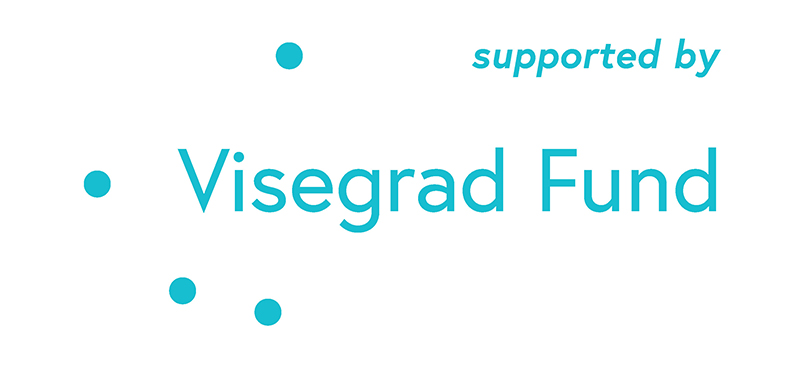The Fourth Industrial Revolution is transforming production systems and supply chains through technological advancements. This has led to the development of Quality 4.0, a framework that adapts quality management practices to emerging Industry 4.0 capabilities. Information technology (IT) has a significant impact on quality management (QM) processes, and Quality 4.0 technologies can contribute to achieving quality objectives.
To implement Quality 4.0, a process for selecting and maintaining relevant technologies is necessary. However, the implementation of Quality 4.0 is hindered by several barriers, including a lack of skills and digital talent, outdated systems, quality data fragmentation, integrity and data quality, concerns about cybersecurity, and a lack of quality culture. To overcome these barriers, a new methodology based on Quality Function Deployment (QFD) has been developed.
The QFD methodology translates quality objectives into relevant Quality 4.0 technologies and identifies significant implementation barriers. Quality 4.0 involves two matrices: House of Quality 4.0 (HOQ 4.0) and a simplified QFD matrix. The HOQ 4.0 translates quality objectives into the relative importance of Quality 4.0 technologies to be used. The QFD matrix translates this information into the relative importance of core barriers to Quality 4.0 implementation. The methodology involves six major steps for the HOQ 4.0 and five major steps for the QFD matrix.
A case study was conducted in a food production company to demonstrate the application of this methodology. The company aimed to improve competitiveness by implementing Industry 4.0 technologies in its plants. The company utilized a strategic framework for selecting key success factors in implementing Quality 4.0. The framework involved the use of various technologies such as AI, big data, blockchain, deep learning, enabling technologies, machine learning, and statistics and data mining to achieve quality objectives.
A multidisciplinary team was established to organize the process of collecting input data to build the Quality Function Deployment (QFD) matrices. The QFD matrices were used to translate the improvement needs of the company's quality objectives into the relative importance of Quality 4.0 technologies. The paper also presents the calculation of the Mean Square Error (MSE) for selecting the vital quality objectives to be improved. The vital few quality objectives to be improved are quality stability, equipment reliability, customer satisfaction, and product-related complaints.
The implementation of Quality 4.0 technologies requires addressing the barriers that may hinder their implementation. The authors developed a House of Quality (HOQ) 4.0 tool to determine the required improvement level of each Quality 4.0 technology and the relative significance of the barriers to their implementation. Based on interviews with industry experts, the authors identified the vital few Quality 4.0 technologies and barriers that need to be addressed. The vital few Quality 4.0 technologies include big data, enabling technologies, statistics and data mining, and AI. The vital few barriers to implementation that need to be reduced are concerns regarding cybersecurity and outdated systems/infrastructure. By addressing these vital few technologies and barriers, companies can enhance customer satisfaction and achieve their quality objectives.
Blockchain technology can also be used to ensure the security and integrity of data sharing. The combination of AI and blockchain can help companies to securely and efficiently manage their data and make better decisions based on the insights gained from it. However, the implementation of blockchain technology may require significant investment and expertise and may not be suitable for all companies.
In conclusion, Quality 4.0 is an innovative framework that can help organizations achieve their quality objectives by adapting quality management practices to Industry 4.0 capabilities. The QFD methodology provides a structured approach to implementing Quality 4.0 technologies and promoting continuous improvement. However, the implementation of Quality 4.0 technologies requires addressing the barriers that may hinder their implementation. Companies must carefully evaluate the potential benefits and drawbacks of implementing blockchain technology before making a decision. By addressing the vital few technologies and barriers, companies can enhance customer satisfaction and achieve their quality objectives.
Authors
Dror, S. (2022). QFD for selecting key success factors in the implementation of quality 4.0. Quality and Reliability Engineering International, 38(6), 3216-3232. https://doi.org/10.1002/qre.3138
